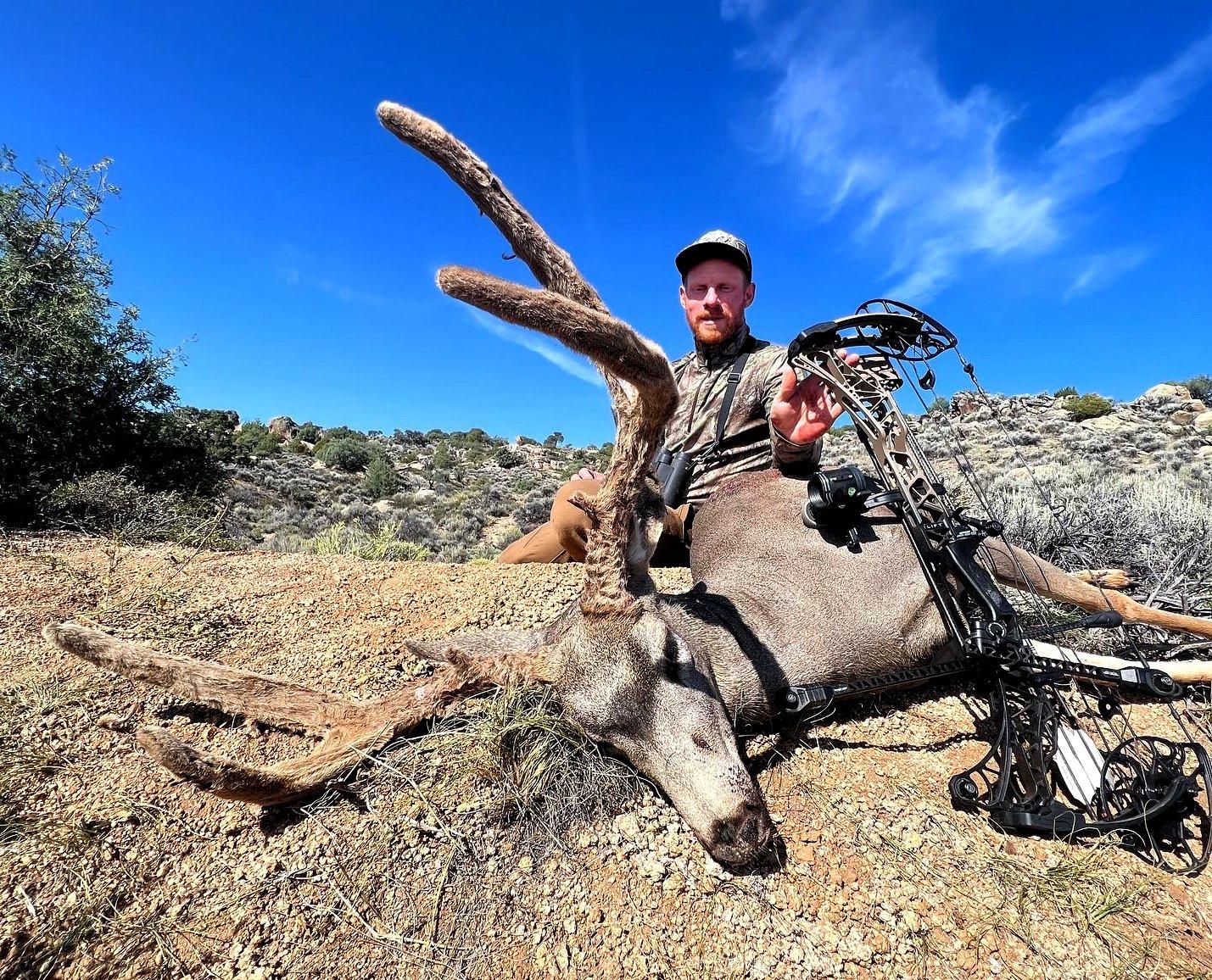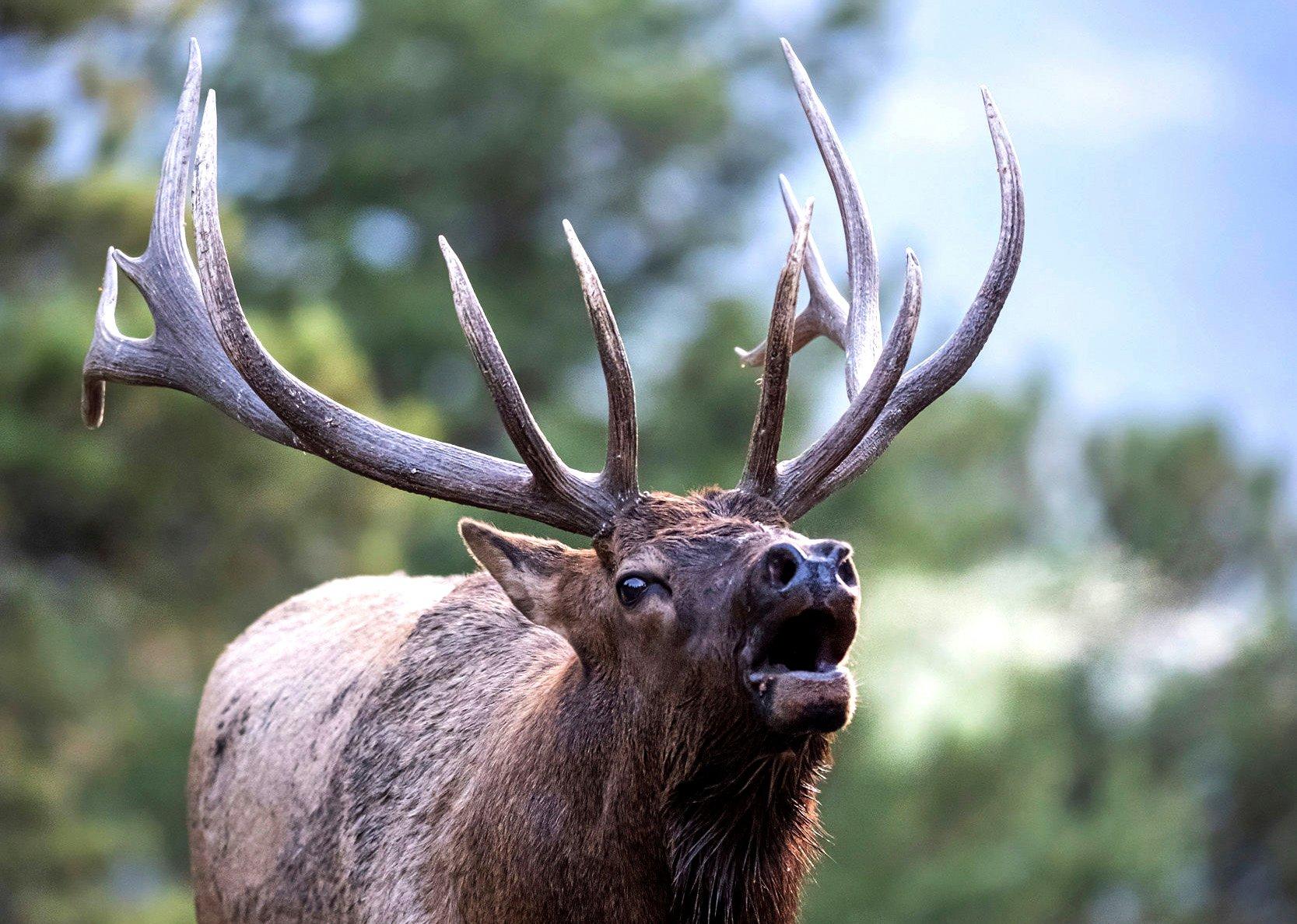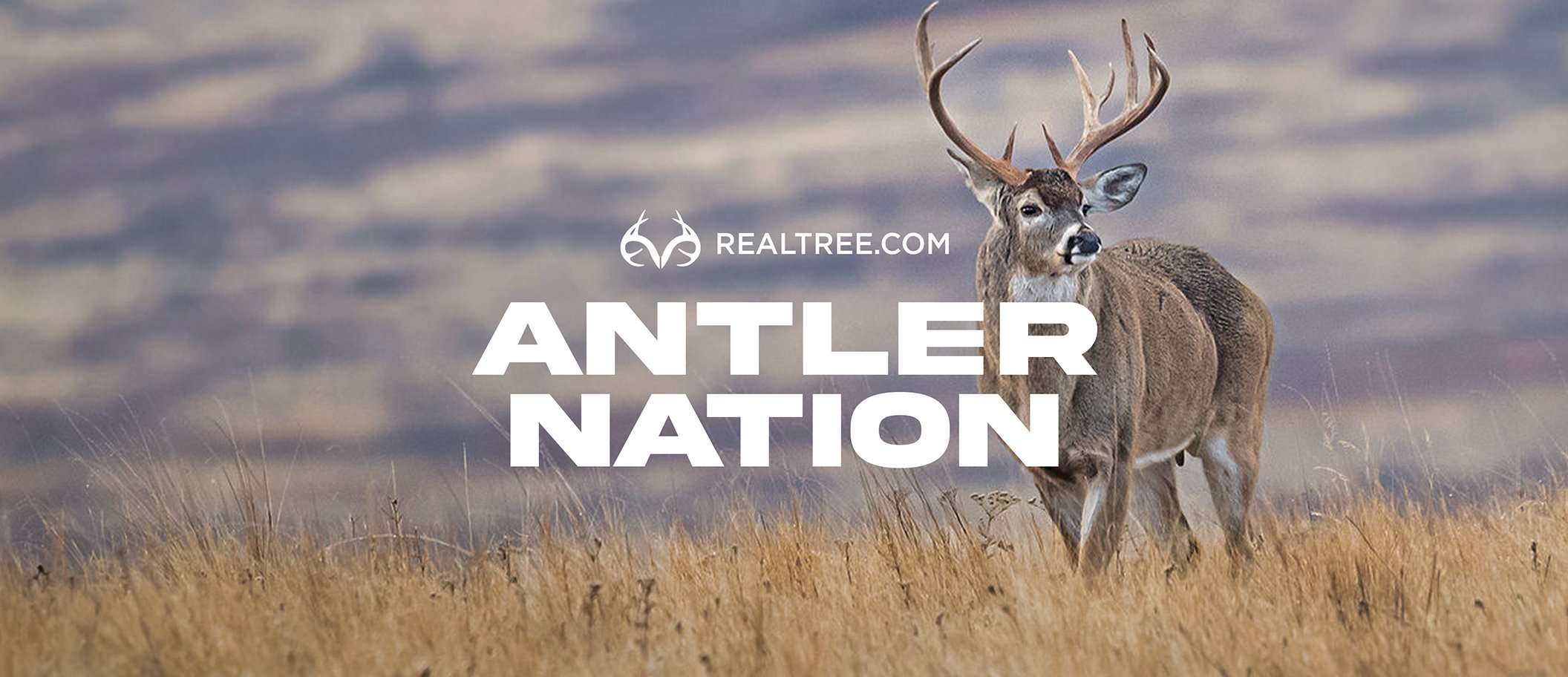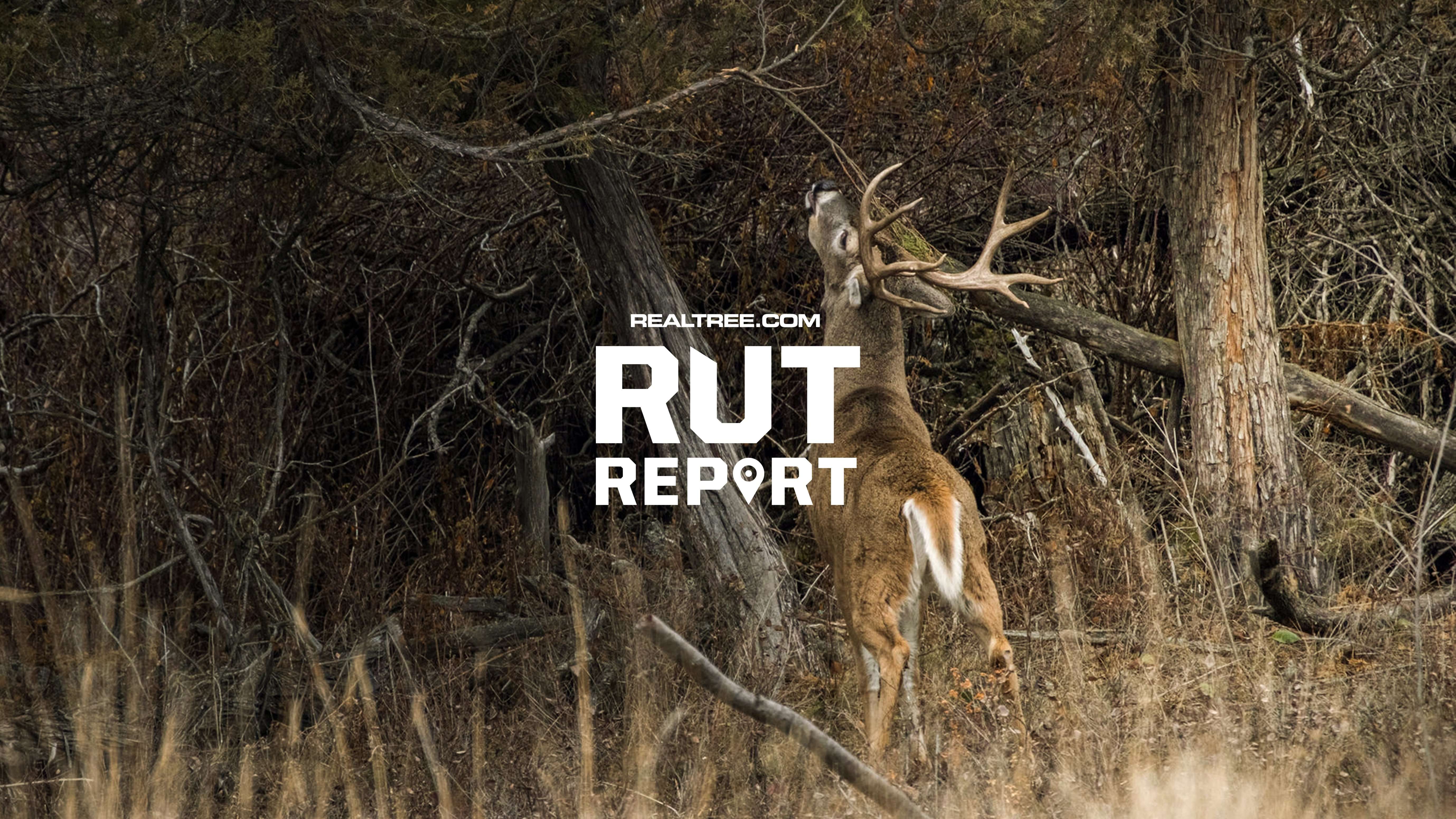Diving into the Western hunting pool as a nonresident is tougher than ever. Here’s why

Author Darron McDougal enjoyed a great hunt this past September in Colorado after cashing in five preference points to draw an archery deer tag in a quality game management unit. Photo courtesy of Becca McDougal.
It was my fourth attempt at stalking two mature velvet muley bucks on the steep, rocky Colorado slopes. On previous days, I’d gotten within shooting range of the bucks twice, but unexpected 180-degree wind shifts betrayed me, and the bucks slipped away like water through a clenched fist.
This stalk was different, though. I was now about 45 yards from one of the bucks as he panted in the afternoon heat beneath a cedar tree, and I knew the other buck was likely on the other side of the tree. The wind was consistent, the bucks were unaware that I existed, and evening’s approach meant they would soon stand and feed.
The hidden buck suddenly emerged from behind some boulders. I ranged him at 34 yards and carefully drew my Mathews LIFT bow. The buck ducked and turned as the arrow arrived, causing a dreaded backstrap hit. The bucks exploded down the slope, and about a half-mile away, the arrowed buck bedded down. Fortunately, I stalked him again before nightfall and finished the task.
Don’t Miss: High-Schooler Takes Big Minnesota Buck with Split G-2s
Approaching the huge-framed deer — my first-ever velvet buck — was a surreal experience and represented the culmination of several years of planning, eight days of difficult hunting in the scorching September heat, and 20-some years of experience with stalking big game. Beyond that, it wouldn’t have been possible without playing the Western draw.
A relatively small number of Western tags are still sold over the counter, but most are divvied up via draws. If you’re new to Western hunting or frustrated because you relied on OTC tags for a couple of decades only to watch them dry up and blow away, let’s discuss the nuts and bolts of modern Western big-game draws.
WHY ARE THERE BIG-GAME DRAWS?
Whitetails abound across most of our country. Even though they are the planet’s most sought-after big-game species, the supply can meet the hunting demand, and save for trophy areas and states, it’s easy to hunt whitetails annually with OTC tags.
Elk, moose, mule deer, and pronghorns are available in much smaller supplies, and their ranges are minuscule compared to that of the whitetail. And although the demand to hunt these species isn’t as high as it is for whitetails, it far exceeds the supply of these Western species. In other words, if state and provincial wildlife agencies issued all tags over the counter, it would be severely detrimental to those species and the hunters pursuing them.

Draw systems are in place to protect highly-sought species such as elk, moose, mule deer, and pronghorns from overhunting and overharvest. Photo by John Hafner.
First and foremost, big-game draws are safeguards against overhunting and overharvest. By limiting the number of hunters in specific units, wildlife agencies mitigate overharvest. Second, limiting tags for a given species in a unit ensures a better-quality hunting experience for the limited number of hunters who draw tags. Hunter crowding on public lands can be a real issue in units with OTC tags. Limited draw tags solve that, at least to some degree.
Check Out Our Latest Camo Pattern: Realtree APX
Third, issuing a limited number of tags through a draw system allows states and provinces to limit the harvest of bucks and bulls, which in turn works to improve the age class. Such units have a greater trophy potential, and thus the demand to hunt them increases, which also makes drawing a tag more difficult. But again, the draw protects the species and ensures a higher-quality hunt for lucky tag holders.
HOW DRAWS WORK
Most Western draws are fairly straightforward. Some tags can be drawn annually — you still have to apply and draw — but most take two years or even decades to draw depending on the draw odds for the species and unit in question. For states that use a preference-point system, you get a preference point after each unsuccessful draw, and the more preference points you accumulate through the years, the more your odds for drawing a high-quality hunt increase. Essentially, applicants with the most preference points are prioritized when the draw is conducted.
Some Western states also use a bonus point. The Montana Fish, Wildlife and Parks department simplifies bonus points on its website. It states:
“In Montana, every hunter who applies for a license or permit gets one chance in the drawing. Bonus points let you add to those chances. Think of bonus points as extra raffle tickets. If you apply for a license or permit without any bonus points, you get one raffle ticket. The number of raffle tickets you have in the drawing goes up with the number of bonus points you have. A unique feature about Montana’s system is that [the state] squares bonus points prior to drawing. So, the more bonus points you have, the number of raffle tickets you have in the drawing goes up exponentially. For instance, if you have 10 bonus points, you get 101 raffle tickets for the drawing — 100 for your squared bonus points and one for your current application: (10 times 10 plus 1.) Bonus points accumulate until you are successful in the drawing.”
ARE DRAWS WORTH IT?
The more you research Western hunting, the more expensive it will seem. Let’s take a Colorado elk hunt, for example. Whether you’re applying for a preference point or a tag, you are first required to purchase a qualifying license. The least expensive qualifying license is Colorado’s nonresident annual small-game license, which runs $98.92. If you apply for 10 years, you’re flirting with a $1,000 investment. The nonresident either-sex and bull-only elk tags are currently $803.39. Add in the application processing fees, habitat stamp, and wildlife area pass (if applicable), and you edging in on $2,000 before your truck even leaves the driveway.
Don’t Miss: Our Favorite Big Buck Stories from Deer Season 2024
It seems like a big pill to swallow, but I always justify my DIY Western hunts by considering the cost of hiring an outfitter on top of the expenses we’ve already discussed. I have nothing against outfitters, but for a guided hunt, you can expect to pay $4,000 on the bottom end and more than $15,000 for premium ranches. Suddenly, a $3,500 to $4,000 all-in DIY elk hunt on public land doesn’t sound so expensive.
CONCLUSION
The good old days of consistently chasing world-class bull elk on public land with OTC tags are gone. Monster muleys and jaw-dropping pronghorn bucks? Likewise. The demand has long exceeded the supply, and the advent of social media has spilled gas onto the popularity fire of Western hunting. That’s why OTC hunting’s heyday is in the rearview mirror and why drawing tags is becoming harder.
Western hunting isn’t as simple as it once was. We can bellyache all we want about how difficult it is to draw tags compared to 15 to 20 years ago. We can even gripe about the complicated draw systems and outlandish fees. But love it or hate it, the draws are necessary to the conservation of wild game and public lands, and waiting several years between elk hunts is a small price to pay when the alternative is having no elk to hunt at all.












